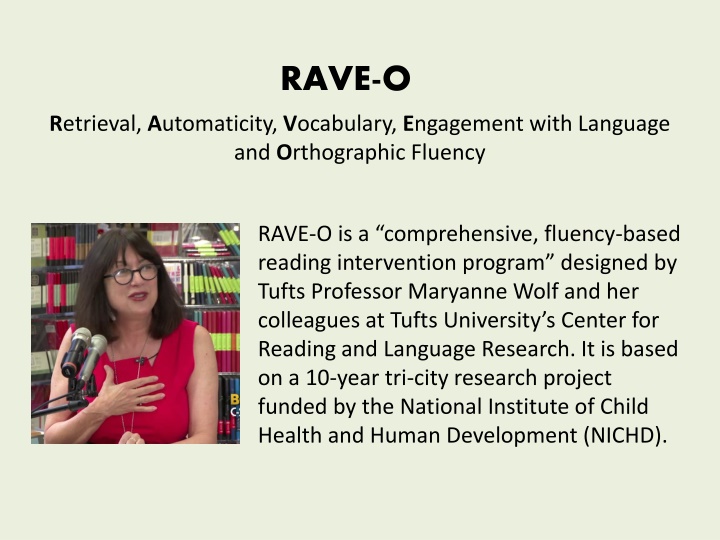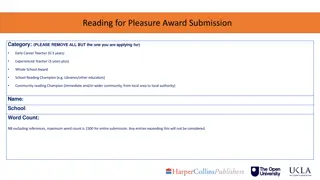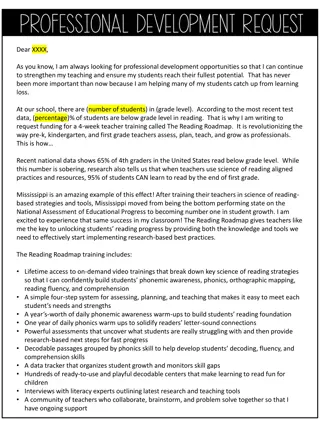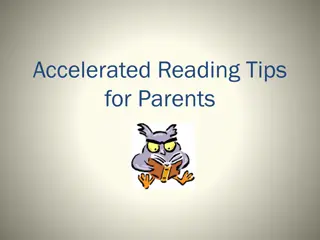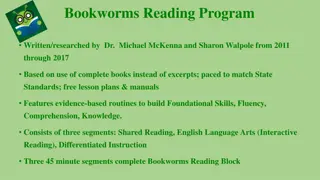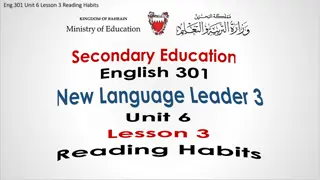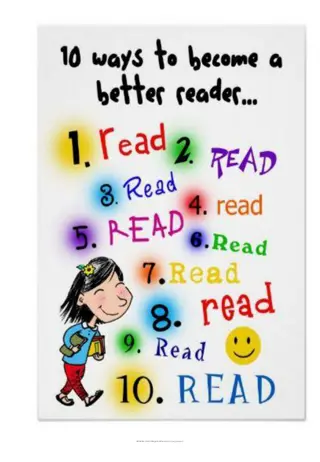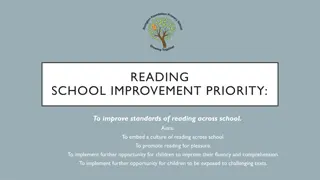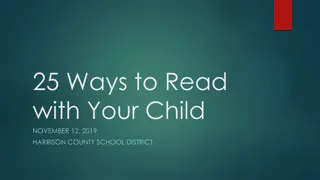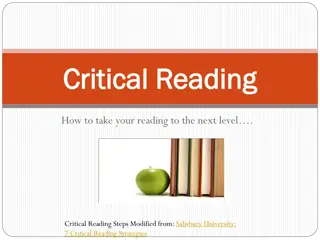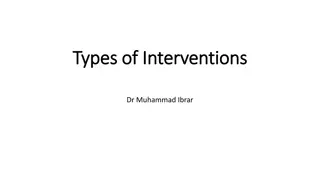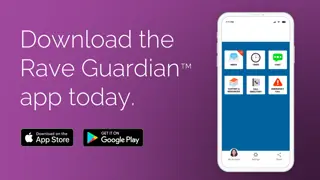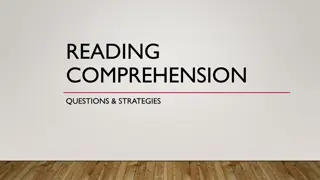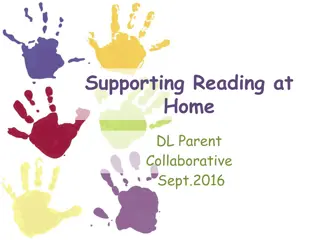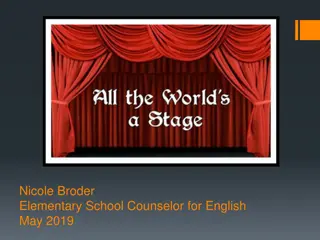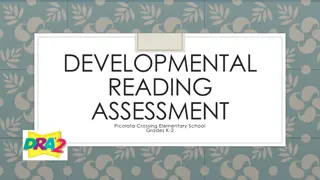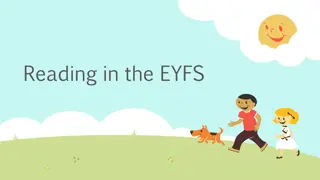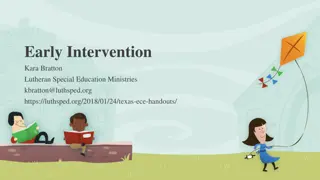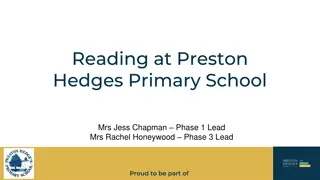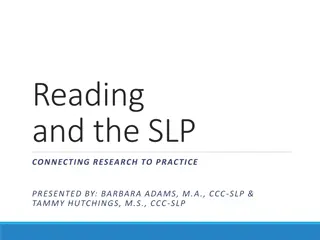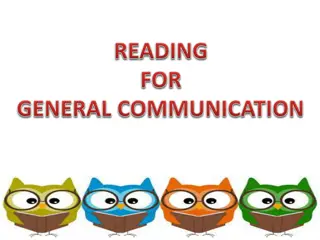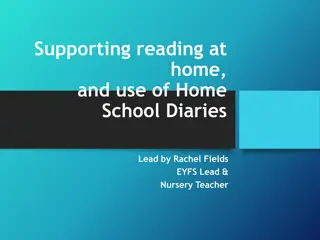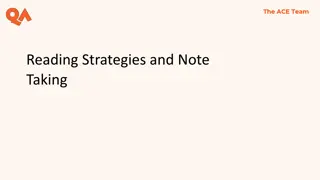RAVE-O Reading Intervention Program - Key Concepts and Strategies
RAVE-O is a comprehensive reading intervention program based on retrieval, automaticity, vocabulary, engagement with language, and orthographic fluency. It emphasizes word retrieval, fluency, and strategic thinking for comprehension. The program integrates word families, multiple meanings, and print-sound-meaning connections to help readers recognize and understand words more easily.
Download Presentation

Please find below an Image/Link to download the presentation.
The content on the website is provided AS IS for your information and personal use only. It may not be sold, licensed, or shared on other websites without obtaining consent from the author.If you encounter any issues during the download, it is possible that the publisher has removed the file from their server.
You are allowed to download the files provided on this website for personal or commercial use, subject to the condition that they are used lawfully. All files are the property of their respective owners.
The content on the website is provided AS IS for your information and personal use only. It may not be sold, licensed, or shared on other websites without obtaining consent from the author.
E N D
Presentation Transcript
RAVE-O Retrieval, Automaticity, Vocabulary, Engagement with Language and Orthographic Fluency RAVE-O is a comprehensive, fluency-based reading intervention program designed by Tufts Professor Maryanne Wolf and her colleagues at Tufts University s Center for Reading and Language Research. It is based on a 10-year tri-city research project funded by the National Institute of Child Health and Human Development (NICHD).
RAVE-O: Key Concepts I. Word Retrieval: The things we know best are the easiest to retrieve from memory. When a reader madly, truly, deeply knows the many meanings of a word, she will find it easier to retrieve (and read) than if she relies primarily on the letters. II. Fluency: Fluent reading is built on the ability to recognize every level of print automatically and fast. III. Strategic Thinking and Cognitive Flexibility is key to comprehension.
Word Retrieval Printed words are stored in our brains according to what they look like; what they sound like AND their myriad meanings. Let s split! split
The more children know about a words meaning the more easily they will read it. In fact, research has shown that priming an adult reader with the meaning of bug as a spy device will cause the reader to recognize bug in the context of insects faster. Ladybugs have thin underwings. Ladybugs eat aphids.
RAVE-O is a word family approach. Research shows that most readers break single syllable words into their onsets, the starting letters or letter blends, and their rimes the part of the word that both looks and sounds the same. b at h at r at s ack r ack tr ack r ain tr ain br ain RAVE-O integrates this word family approach with more recent research based knowledge: recognizing words in print is heavily influenced by the word s meaning. It is not just about the letter patterns and their sounds. Based on the observation that we retrieve most easily what we know most thoroughly, RAVE-O seeks to saturate word part recognition with meaning.
RAVE-O Curriculum uses selected words with multiple meanings to provide templates for many of the most common letter patterns in written English. jam
Fluency By cementing print to its sound, its sight AND its meaning, we can help struggling readers recognize words more easily. Most teachers think of fluency as the end product, the ability to read connected texts smoothly and without errors. Once kids crack the alphabetic code, they develop fluency by practicing oral reading. Within the RAVE-O framework, fluency is established at all levels of print: letter sounds, letter combinations, syllables, words, sentences and texts.
A RAVE-O Lesson Tell your tutee that small words can be broken into two parts. The starter is the letter that starts the word. Write the starter in the color of your choice (or the child s choice). The second part is the rime. It s called the rime because it rhymes with other words in the same word family. Write the rime in a different color. and this is the rime. It s called that because it s the part of the word that rhymes with other words in its family. This is the starter... r ock Other words in the ock family: sock, lock, dock, mock, tock, block, sock, tock, stock, block, flock, smock, stock, flock, Spock, crock
Introducing Multiple Meanings: Rock Word Web: What do you think of, when you think of rock? rock
The Lost Rock https://www.youtube.com/watch?v=0G5UhVrG7A4
Games to Practice the Pattern Starter r m s sh l cl Rime ock ock ock ock ock ock Wheels Roll & Read Slap Word Hunts
rock Please circle all the words that include ock as fast as you can. rock tip cat mock sock sip pet jam pot luck rip peg cap block flip flock step stop block slap
Strategic Thinking & Cognitive Flexibility Think Ahead! Thoughtful readers make ongoing predictions about the texts. As they read, they draw on what they read to make educated guesses about the events they believe are coming. Think Back! Thoughtful readers keep track of what they read, and they change their understanding as they go along. They also ask questions about what they are reading. They often look back at what they have read to answer those questions.
Strategic Thinking & Cognitive Flexibility Think for Yourself! When we read, we get to think deeply about the story and how it makes us feel. Our own thoughts are the real treasures we dig for when we read. We ask ourselves questions like: What did I find out that I never knew before? Do I have new thoughts and feelings? Could this really happen? Can I retell this story in my own words?
